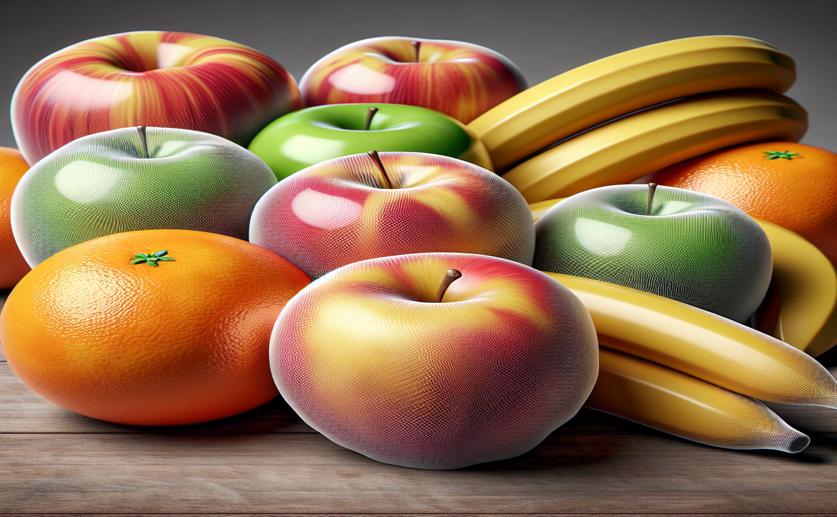
Keeping Fruit Fresh Longer with a Nanocellulose Film
David Palenski
9th January, 2024

Image Source: Natural Science News, 2024
References
Main Study
1) Enhanced Preservation of Climacteric Fruit with a Cellulose Nanofiber-Based Film Coating.
Published 9th January, 2024
https://doi.org/10.1021/acsomega.3c07273



 9th January, 2024 | David Palenski
9th January, 2024 | David Palenski